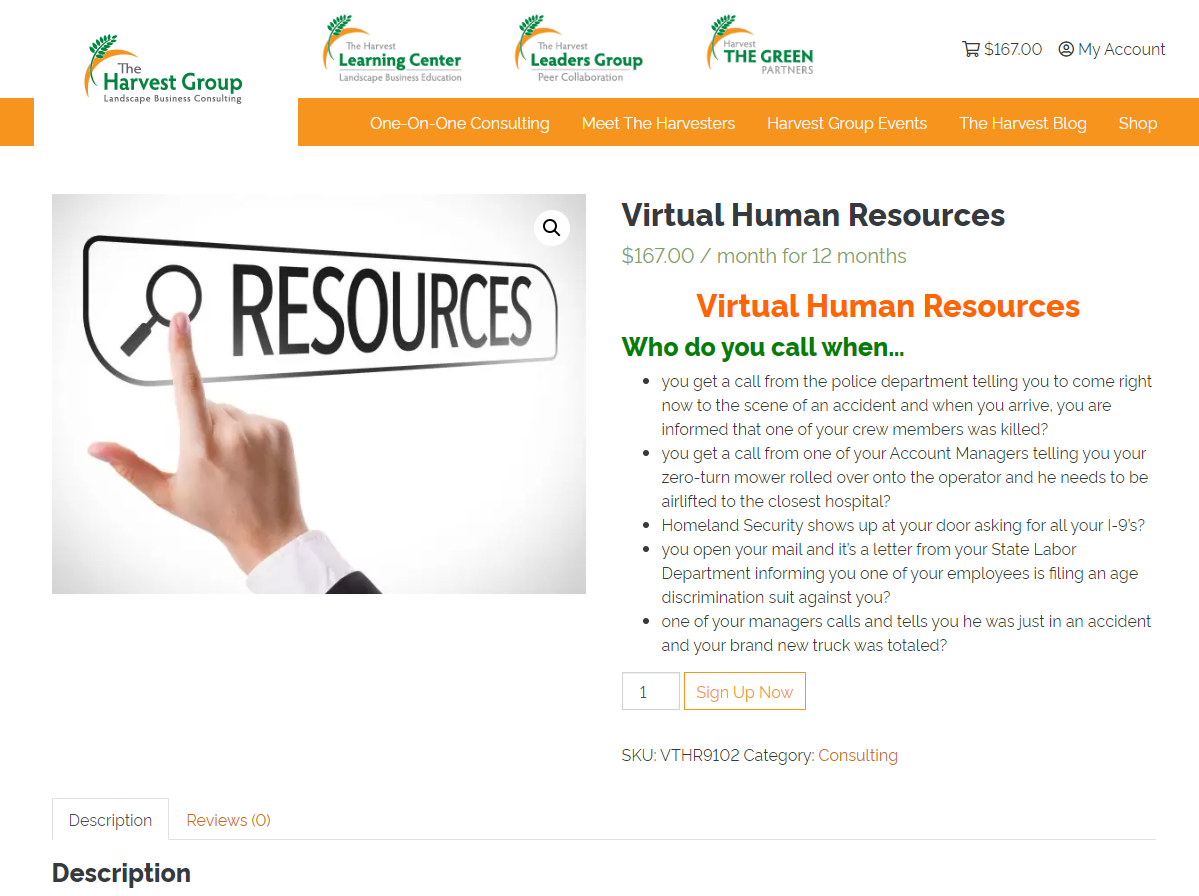
The Star Model of Organizational Alignment
Steven Cesare, Ph.D.
A business owner from the state of Washington called me the other day to discuss her company’s strategic plan. Beyond the standard SWOT analysis, assumptions, KPIs, budget forecasts, and timeframes, I asked the owner if her company was efficiently aligned. With that extended pause as a backdrop, I introduced the Star Model of Alignment (Galbraith, 1977) to her. Based simply on its self-evident configuration, the Star Model depicts the salient inter-relationships of the five integral organizational components.

Strategy: Strategy is the starting point of the Star Model, representing the company’s direction, goals, and key performance indicators. These numerical standards define “what” the company hopes to achieve, and as such, embody the essence to which other organizational components seek to be aligned. For example, as part of its new strategic plan, a landscaping company may decide to increase its Design-Build revenue by 20%, launch a new automated mowing service with a revenue goal of $25,000 per month, or improve its percentage of YELP ratings above 4.5 (out of 5) to 90%.
Structure: Structure identifies “which positions” on the organizational chart are expected to achieve the strategic goals. This feature refers to: specialization (i.e., skill set and staff size), organizational shape (i.e., tall or flat), distribution of power (i.e., centralization or decentralization), and departmentalization (i.e., newly formed or consolidated). For example, given the strategic goal of increasing irrigation revenue by 50%, an aligned organizational chart would likely add an Irrigation Manager and three new Irrigators.
Processes: Processes define information flow and decisions necessary for the structure to achieve the strategic goals. This component represents “how” the goals will be attained and may take the form of budgeting and planning (i.e., vertical information), and/or inter-departmental collaboration or workflow design (i.e., horizontal information). For example, to achieve the strategic goal of improving customer satisfaction scores by 10%, a company would design and implement a new work-order standard operating procedure (SOP) intent on improving timeliness and quality, and minimizing bureaucracy and cost.
Rewards: Reward systems must align with the previous components in that they determine “how well” the processes must be performed to achieve the strategic goals. To be effective, the reward systems must verify congruence between the individual’s personal goals and the company’s strategic goals. For example, a landscaping company that has a strategic goal of 95% annual contract renewal, should have a lucrative Field Operations Bonus Program of up to 15% salary potential, capable of motivating and reinforcing those employees to attain the stated performance expectation.
People: The People element of the Star Model identifies “who” is accountable for fulfilling the company’s strategic direction. These individuals, and their respective skill sets which must be aligned with the organization’s goals, need to be enveloped in a proper context inclusive of: recruitment, training and developing, and retention. For example, an organization with the goal of increasing the market share of its Tree Division by 25% in the local area over the next year, could begin hiring more Certified Arborists, as well as begin paying the related training costs for current employees to gain their own Certified Arborist credential.
In general terms, alignment is critical to effective organizational design and efficiency. Unfortunately, many companies talk more about alignment in a colloquial fashion, instead of understanding its intended competitive advantage. In that same breath, most organizations tend to focus inordinate attention on Structure and not enough on Processes and Rewards, thereby creating misalignment. Likewise, many companies fail to see the significant impact that organizational policies, culture, and communication can have on alignment effectiveness.
If you would like basic access to my human resources expertise, simply take a look at my affordable offering here: View Offer
Check Out Harvester Steve Cesare’s
NEW OFFERING!
Harvest Group Partners
Click the icon below to download the Harvest Group Mobile app!
What do you want to learn more about?
The Harvesters want to know what topics you would like to see us discuss. Click below to submit your ideas!





